
Speakers
Participants
Organizations

Sessions

Discover the latest trends
and innovations

Learn from industry leaders
and experts

Discuss key challenges
and opportunities

Explore case studies
and best practices

Connect with technology providers
and solution vendors

Enhance your personal growth
and expand your knowledge
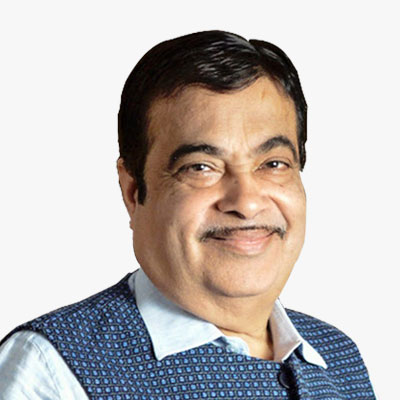
For the Indian construction sector to harness these opportunities efficiently, it must take past learnings into consideration to plan, design, and build better in the future. “To make India a five trillion dollar economy, we need to strengthen four sectors: water, power, transport, and communication. For the development of the infrastructure industry, we need digital transformation to take the lead. With digitalization, we can march towards perfection
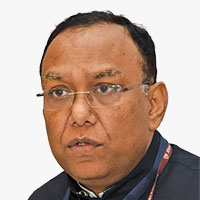
Geospatial is expected to aid all stakeholders in highway construction industry with building resilient infrastructure for the future through designing and finalizing highway networks and supporting strategic repairs and upgrades to existing networks
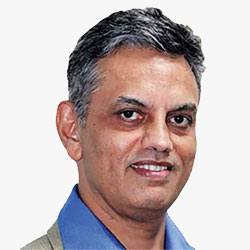
The country spent USD 1.1 trillion on infrastructure in the last decade and is scheduled to spend another USD 1.5 trillion by 2025. “India is at the cusp of investing a lot of money into infrastructure build-up, creating eleven industrial corridors, building new highways, dedicated freight corridors, high-speed rail, suburban metros, inland waterways, says

Government of India has launched an ambitious program for National Highways. Digital technologies help in every aspect of highway development, particularly in resource and cost optimization, reducing material consumption, increasing the pace of construction, and enhnacing sustainability. These are also our core requirements from the private industry.
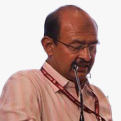
India now has the second largest road network in the world. The last decade has seen a phenomenal growth in roadways expansion. In order to achieve the ambitious vision of $5 Trillion economy by 2025, road infra will play a crucial role.

As an Industry we need transparency, collaboration and commitment with a focus on quality, time and perspective. Digital twin is the future and we need a connected data environment instead of a common data environment.
The beauty about the engineering industry is that one project uses various companies software and as an industry, we need to make sure that it is interoperable.

NICDC has adopted a strategy whereby we have requested all our consultants as well as the contractors to submit everything into the 3D drawings format at the planning stage itself. We use a lot of the solutions which are available and will keep on using those solutions as we move forward. Technology adoption will be more acceptable for the purpose of making effective planning, digitizing every land record, every utility hence laying below the road and for the purpose of effective management of those utilities and the city as a whole.

Most Indian infrastructure projects are not delivered on time and the only way to timely deliver projects is through digitalization. If the government were to mandate BIM, or any collaboration and project management tool for infrastructure projects – with a planned spent of USD 1.5 trillion – a 20 percent productivity or 300 billion dollars in savings could be achieved.
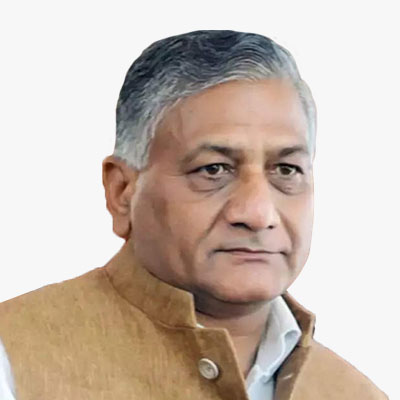
As technology gets used more, challenges like time overrun and cost overrun can be addressed. We need to develop technology such that users find it useful and easy, thus we can get benefit in terms of quality, methodology, time and cost effective. Infrastructure industry and construction tech are changing by leaps and bounds. As land area is shrinking, we need technology and innovation to help us meet the requirements of infrastructure development as well as future of people
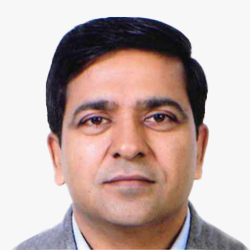
Ministry of Rural Development has a small body called National Rural Infrastructure Development Agency, NRIDA, which is a technical body which governs the PMGSY for the whole country. Many activities under PMGSY is strongly data driven, IT backbone based and GIS initiatives used in PMGSY has helped us in planning and management of road network in rural India.
In PMGSY, we lay heavy emphasis on using new technologies and construction of rural roads. Currently, we are going very big on full depth reclamation and in that both management as well as quality control, GIS is playing a huge role.